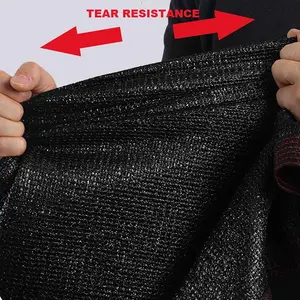Introduction to Film Solar Cells Applications
Film solar cells represent a revolutionary advancement in the solar energy sector. They are designed to convert sunlight into electrical energy using thin-film technology, making them much lighter and often more affordable than traditional solar cells. The increasing demand for sustainable energy solutions has propelled the development and application of film solar cells across various industries. In this article, we will explore the different applications of film solar cells, their unique features, and the advantages they present over conventional solar technologies.
Types of Film Solar Cells Applications
Film solar cells come in several types, each suited for specific applications. Understanding these types is crucial in selecting the right solution for your needs. Here are the primary categories:
- Amorphous Silicon (a-Si): This type is widely used in small devices, such as calculators and solar-powered toys, due to its ability to perform well in low-light conditions.
- Copper Indium Gallium Selenide (CIGS): Known for its efficiency and versatility, CIGS solar cells can be integrated into various surfaces, including building materials, making them ideal for architectural applications.
- Cadmium Telluride (CdTe): CdTe is primarily used in large-scale solar farms due to its low production costs and excellent energy conversion efficiency, providing a viable solution for utility-scale energy production.
- Organic Photovoltaics (OPV): This emerging technology emphasizes lightweight and flexible applications, often used in innovative designs and wearables.
Function and Feature of Film Solar Cells Applications
The functionality of film solar cells extends far beyond just energy conversion. Their design and features offer numerous benefits across various settings:
- Lightweight and Flexible: Film solar cells can be produced on flexible substrates, which allows them to be integrated into numerous surfaces without adding significant weight.
- Cost-Effective Production: The manufacturing process of film solar cells is typically less expensive than traditional photovoltaic cells, leading to reduced costs for end-users.
- High Performance in Low Light: Many film solar technologies, especially a-Si, perform efficiently even in overcast conditions, making them reliable in various climates.
- Integration with Building Materials: Some types, like CIGS, can be used as building-integrated photovoltaics (BIPV) allowing buildings to generate energy without the need for separate solar panels.
Applications of Film Solar Cells
The applications of film solar cells are diverse, reflecting their versatility and adaptability. Here are some key areas where they are making a significant impact:
- Residential Solar Power: Film solar cells can be utilized on rooftops or walls and easily adapted for homes that require aesthetically pleasing solar solutions.
- Solar Farms: Large-scale installations using CdTe and CIGS technologies can facilitate utility-scale energy generation, contributing significantly to the renewable energy grid.
- Portable Electronics: Lightweight, flexible solar cells are ideal for charging portable devices like smartphones, tablets, and laptops during outdoor activities.
- Automotive Industry: The automotive sector is exploring film solar cells for integrating solar panels into vehicles to enhance the energy efficiency of electric and hybrid models.
- Wearable Technology: OPVs offer the potential for solar-powered wearables, enabling devices to harness energy from the sun effortlessly.








































